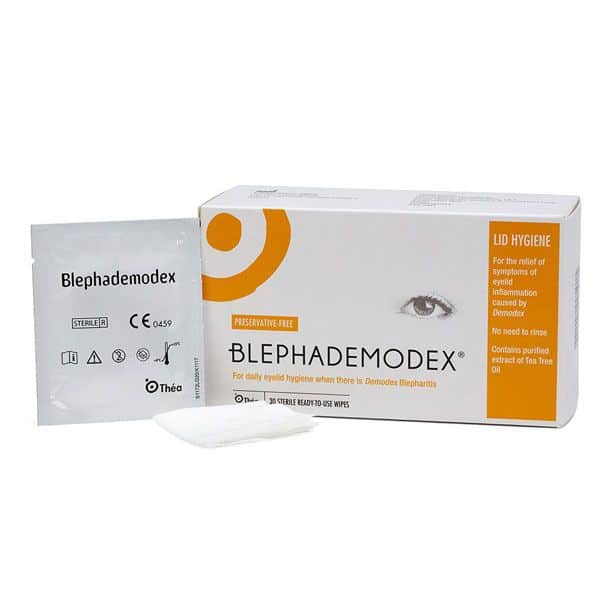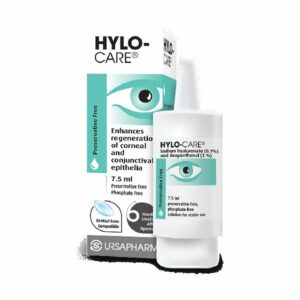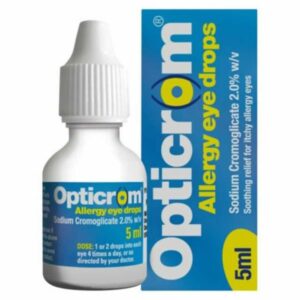What is Demodex?
Demodex is a type of mite. This is also the most common type of Demodex mite.
D. folliculorum lives within the hair follicles on human skin, feeding on dead skin cells. Unlike D. brevis, this type is mostly found on the face. These mites tend to be most prevalent around the eyes, affecting the lids and lashes.
Though the thought of having mites on your skin might sound unpleasant, it’s actually common to have small amounts of them. D. folliculorum only becomes problematic if they exacerbate preexisting skin conditions, such as rosacea. There’s also increasing evidence that large amounts can cause skin problems.
D. folliculorum is microscopic in size, so you won’t be able to diagnose its presence on your own.
What are the symptoms of Demodex folliculorum?
With large D. folliculorum infestations, you may notice sudden increased roughness of the skin.
Other symptoms may include:
- itchy or scaly skin
- redness
- increased skin sensitivity
- burning sensation
- skin that feels rough like sandpaper
- eczema
Many people with mites in their skin don’t know it. A small number of mites is unlikely to cause any symptoms.
What causes Demodex folliculorum?
D. folliculorum naturally occurs in human skin. However, the mites can be spread by contact with someone else who has them.
Unlike other types of skin mites, D. folliculorum increases the amount of skin cells in the hair follicles. In large amounts, this can create scaly symptoms on the face.
D. folliculorum is currently being investigated as a potential cause of rosacea. There’s evidence that these mites can cause flare-ups if you have rosacea. In fact, the National Rosacea Foundation estimates that rosacea patients have up to 18 times more Demodex mites than patients without rosacea.
Who is at risk for getting Demodex folliculorum?
Though D. folliculorum isn’t an uncommon occurrence, you may be at an increased risk for getting these mites if you have:
- a weakened immune system
- dermatitis
- skin infections
- alopecia
- acne, especialy inflammatory types
- HIV
- rosacea, though increasing evidence suggests the mites can actually cause this condition
How is Demodex folliculorum diagnosed?
Since D. folliculorum aren’t visible to the naked eye, you’ll need to see a doctor to get a definitive diagnosis. To diagnose these mites, your doctor will scrape a small sample of follicular tissues and oils from your face. A skin biopsy shown under a microscope can determine the presence of these mites on the face.



